John Hurrell – 31 August, 2024
In this very unorthodox duo-presentation, Morris seems more focussed in his selected objects, largely because his art ‘brand' is easily identifiable with its constant preoccupations with soft gradations of tone or chroma. Thomas is less well known in this country, and is comparatively complex with his more diverse (harsher and more aggressive) juxtaposed opaque colour choices, using much smaller brushes and thicker paint than Morris.
Auckland
Simon Morris & David Thomas
We move through life…perceiving
23 August - 28 September 2024
Around the four walls of the large downstairs Two Rooms gallery, Wellington and Melbourne artists Simon Morris and David Thomas (two tertiary art education lecturers) in this very unusual presentation, very loosely alternate their wall-attached art contributions, with shifting irregular sequences of unusual paper, card, photographic, canvas images, ceramics and attendant texts. Stuck on the walls, only beside Thomas’s works, are their titles: brief descriptive phrases cursively written by the artist on masking tape. Thomas clearly loves language and even making up lists of titles for their own sake. As for labels, Morris in contrast deliberately does without. He relishes ‘absences’ beneath his projects on the galley walls, but not on the printed catalogue.
There are thirteen small multi-material items from Morris and twenty-one from Thomas. Most of these are arranged at different heights along the walls, but Morris has also placed three small unfired clay pots on protruding shelves extending towards the centre, while two monochrome paintings by Thomas lie low, flat above the floor on wheeled dollies.
Even though they are old friends, the more you look at this wildly eccentric installation (you could say ‘a stuttering line of continuous occasional iambic pentameter’) with its wide-ranging flip-flopping multiple small items, the more different their personalities seem to be…as Thomas’ titling-on-wall approach demonstrates. His sole taped-on titles provide a sort of monologic ‘conversation’ that shadows a wavering dance, whereas the two sets of toing-and-froing perceptual interests zig-zag back-and-forth with wobbly little shifts and counter-moves. Looking at the different works and spotting links between the scattered fragments creates a sense of choppy dialogue about time as experienced by the artists and the viewer—but not time as embedded in physical substances before human process is involved, as say utilised by other sorts of artist like Zac Langdon-Pole, who collect ancient scientifically scrutinised material.
It is fun trying to puzzle out the motivations behind the image choices or drawings Morris or Thomas apparently identify with—they are like little private offerings taken from opened pages found in normally-private planning workbooks—or enthuses over as they ponder the activities of living, observing and thinking. Some also might be slyly devious: feints, baits, teases, or parries that prod in hope of bringing up something extreme from within the viewer to the surface.
In this unorthodox duo-presentation, Morris seems more focussed in his selected objects, largely because his art ‘brand’ is easily identifiable with its constant preoccupations with soft gradations of tone or chroma. I’m more familiar with his practice.
Thomas is less well-known in this country, and is comparatively complex with his more diverse (harsher and more aggressive) juxtaposed opaque colour choices, using much smaller brushes and thicker paint than Morris. He seems to like bars of bright colour that flare in contrast, while Morris usually (not always) prefers neighbouring blurred hues that nudge each other gently (When two colours become one). That emphasize chromatic similarities and common liquidy textures.
Taking his exhibits at face value, I found Thomas’s bits and pieces full of surprises and droll humour. His paintings of horizontal bands of colour (some stridently harsh and hot) are clearly different from Morris’s tighter vertical oblongs featuring harmonious blending transitions and overtly overlaid transparency.
Thomas has a distinctive way of creating blocks of colour, with a very discreet (evenly distributed) pulse throbbing solidly throughout, while Morris likes making subtly streaky veils that are fine grained and float—or playing with tone on the sides of the canvas stretchers. To be a little reductive, Morris is big on ethereal transparency, context and texture, while Thomas gets off on the physicality of intense (and densely packed) chroma.
It is possible to speculate about these artists. There is a vague (restrained) mysticism about Morris if you regard his ‘veils’ as a trope (like partitioning curtains) or his pots as ‘vessels for the self’, while there are fewer traces of such symbolism in Thomas (apart from the painted photo an angel over Paris, and a preoccupation with Light and Dark which might be more than just light and dark). If mystic too (esp. one work How deep is it), Thomas hints at a different sort. The brusherly pulse I have referred to earlier is a personal bodily impulse (from his body), but it does not imply something bigger or cosmic out there beyond, to be tapped into. Morris though might, for he likes ambiguity. His ink drawing Spiral Time can be an overall diagramatic representation of aeons of years joined up, or it could be a planned ceramic container.
Curiously, Thomas is more rascally than Morris. He can be mischievous such as where occasionally his catalogue titles don’t strictly match the taped ones. He often deliberately bumps against painting conventions. In his loose monochromes, patches of coloured underpainting are deliberately exposed near the left and right edges, for his brush movements are only horizontal (never vertical) and often the stroked on thin paint peters out mid-transit. Therefore white or green unpainted triangles at the sides are the calculated result, and so interpretation of the ‘incomplete’ application becomes a quandary. Unless incomplete is really shorthand for complete. Endorsing an action that is rushed—perceived as ‘sloppy’—but clearly not so and sufficient.
These ‘rough’ Thomas works (A gentle passing……(green); On the function of a gently painted (yellow); On the importance of edges A Time, unfinished, (earth)) are connected to one slightly tighter, a little more saturated, green ‘monochrome’ painting that is disrupted by a small grey vertical oblong placed along the righthand edge. This single intruding pristine element dominates over the entire horizontally textured front surface. Being highly assertive, this form is not intended to integrate with the field it sits on.
You could say (if works have personalities) that the Thomas works—with their occasional bristly tactility not detectable in photos (Matter to Light, Everything)—hint at a raw snotty brattishness on the verge losing control, but never do, while Morris’ are always calm, ordered, and behaving like true gents.
The installation these knowedgeable artists have made is complex in its layering, partially as a contemplation of time, the stand-apart phenomenon and the subjective experience, and like observing a never-ending game of tennis, is an insatiable gobbler-up of your time if you let it, for it requires prolonged contemplative rumination sparked off by two pedagogical experts who are hoping to arouse your interest. While to engage is very bodily, as you move around, ducking and diving to scrutinise the low bits, the real activity is even more a ‘head’ action. It takes several spaced apart visits to explore the many small elements and ponder over the careful titles in the catalogue. You need to be relaxed to make connections—and dip in when the mood strikes.
John Hurrell
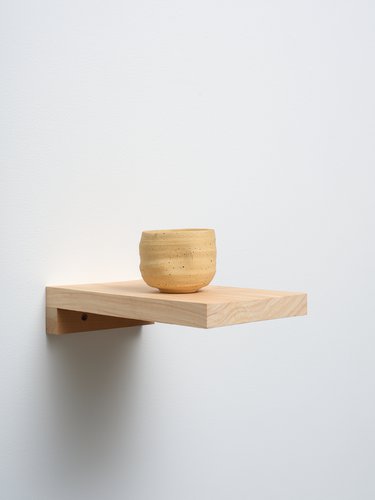





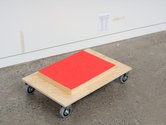
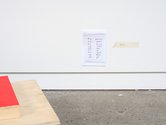

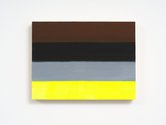

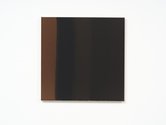
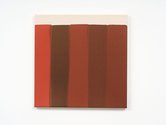







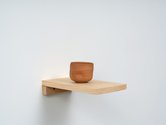


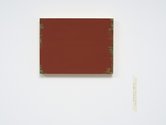









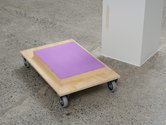
 Two Rooms presents a program of residencies and projects
Two Rooms presents a program of residencies and projects Advertising in this column
Advertising in this column



This Discussion has 0 comments.
Comment
Participate
Register to Participate.
Sign in
Sign in to an existing account.